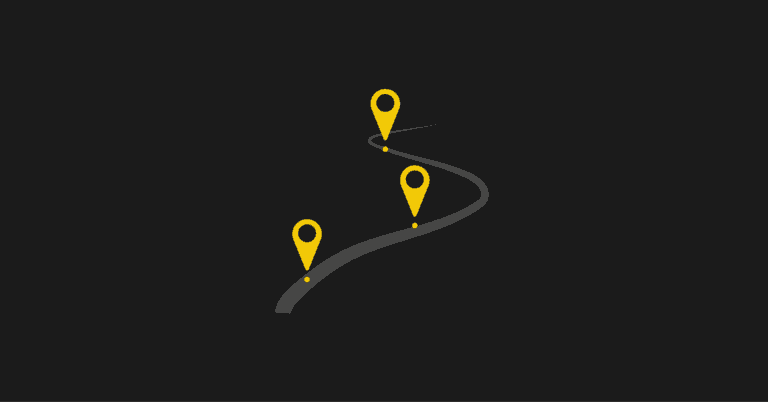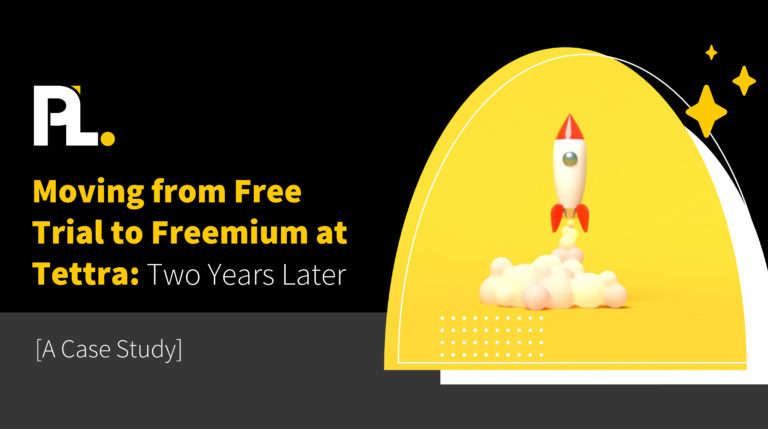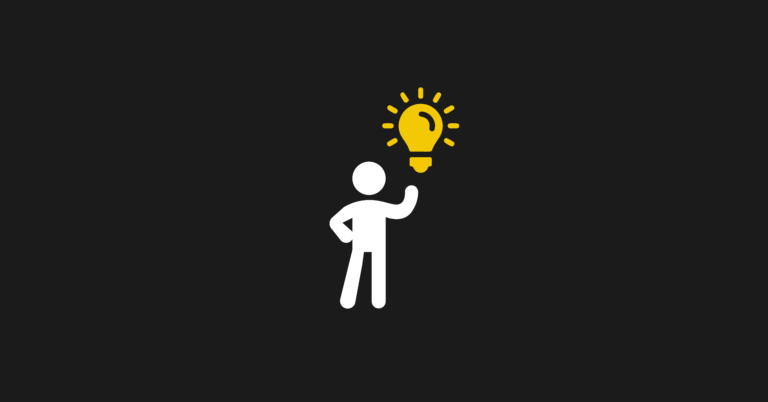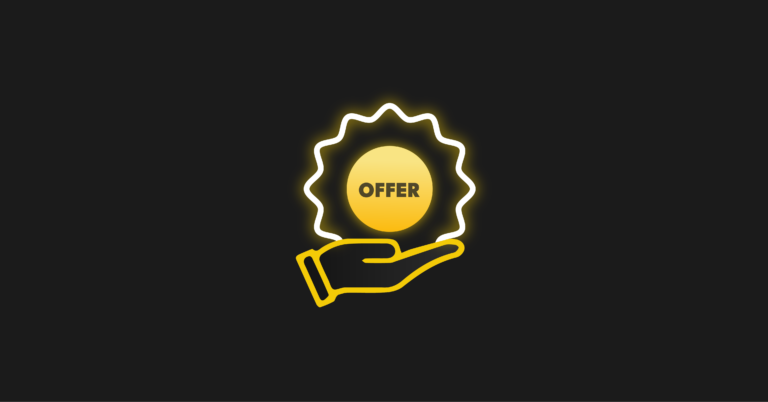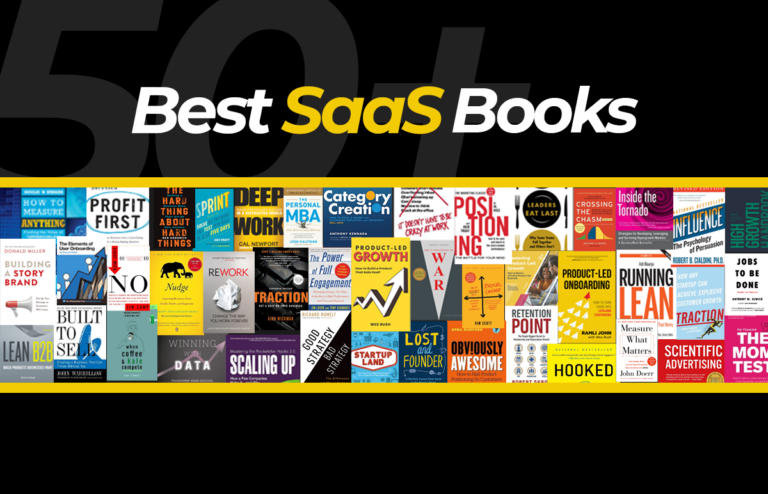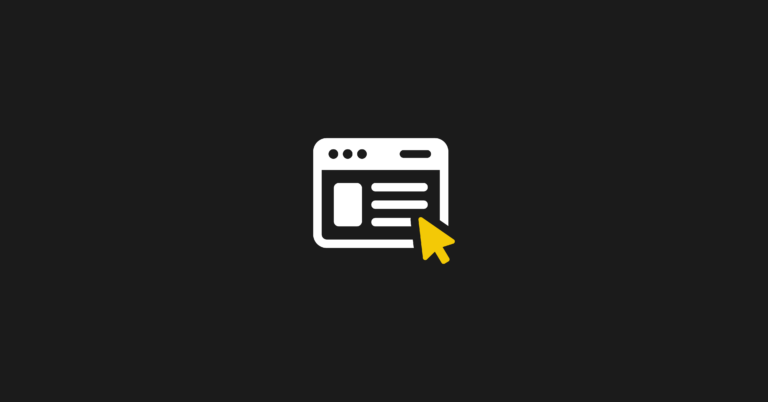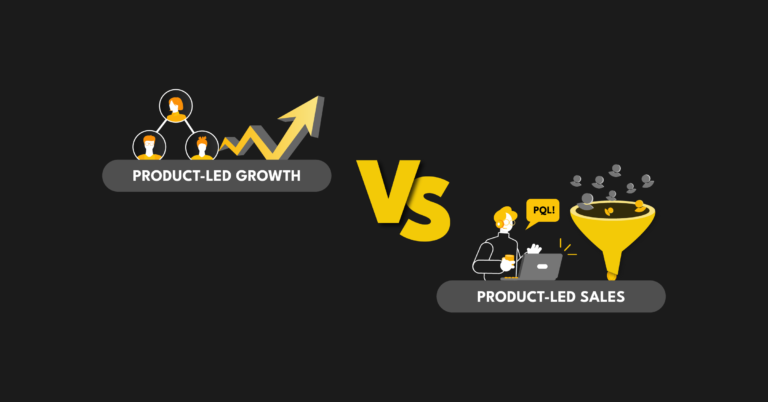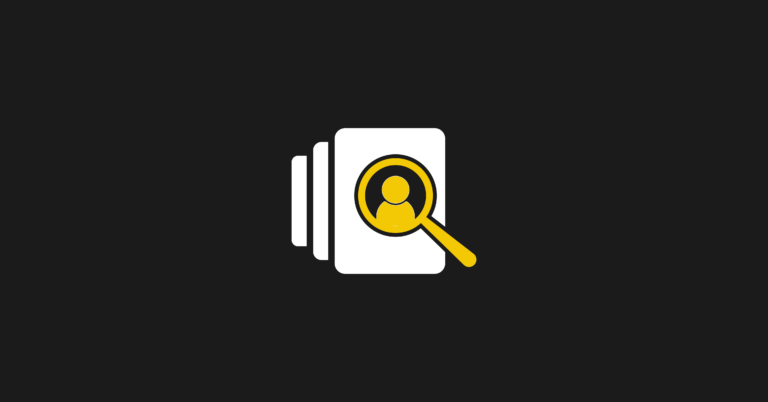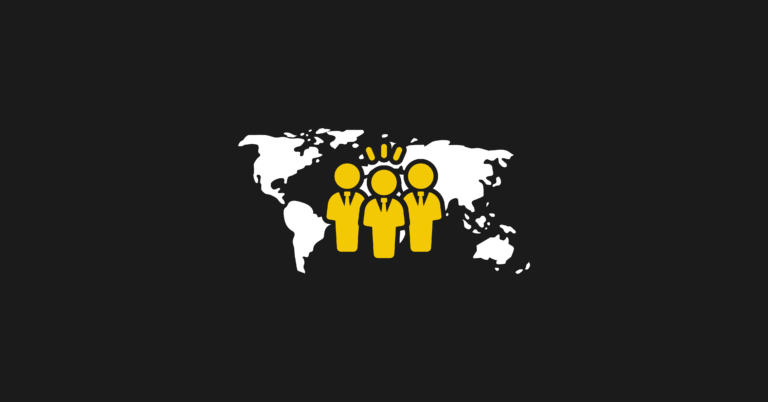This is an excerpt of a new book I’ve written with Wes Bush called Product-Led Onboarding™: How to Turn New Users into Lifelong Customers. You can buy it now!
User onboarding is SO important to your company’s growth,
In another blog post Why User Onboarding is the Most Important Part of Product-Led Growth, I broke down three data-backed reasons why:
- It’s a retention lever
- It’s a revenue multiplier
- It leads to lower CAC
User onboarding is the most important part of the customer journey—it can have such a snowball effect on growth. A lack of strategy or ownership is two key elements you won’t want to ignore for too long. Because if you do, you risk stifling your company’s growth.
It's the reason why you should always be on the lookout for signs and symptoms of bad user onboarding.
Not sure where to start? I’m about to give you some clues.
In this blog post, I'll share five common signs of bad user onboarding:
1. Users don’t complete your signup process.
If you make new users jump through hoops during the signup process, you’ll lose them even before they try your product.
Examine your analytics to determine if new users are getting stuck in the signup process. Are you asking them for a bunch of random information that has nothing to do with their initial use of the product?
These are called non-essential fields. They can consist of questions like, “How many employees do you have?” or, “What are your CRM systems?” Each company will have a different definition of what non-essential fields are. It’s your job to determine if these questions are hindering your sign up goals.
These aren’t only hurting your completion rates. It’s biting into your profit margin, too. Marketo found that a few non-essential fields in the sign up process increased their cost per lead by up to 25%.
The lesson here is that every field in a signup form could be losing you new users. So be sure to consider whether each question justifies the risk of loss.
2. Users sign up and don’t come back.
According to Intercom, 40% to 60% of users who sign up for a free trial will use it once and never come back (this is for the majority of software products).
Mobile apps have it worst. According to CleverTap, 73% of mobile apps are used only once before they are deleted for good.
But if you deliver a stellar first product experience and help users experience the value of your product, they’ll continue to use it.
This is critical.
It doesn’t just involve product tours, either. You need to get creative and use external triggers like emails, browser or app notifications and SMS text messages to convince users to return to your product.
3. Users don’t upgrade to a paid account.
Ideally, once users perceive, experience, and adopt the value of your product, they’ll start paying for it. If most users don’t upgrade, it could be a sign your user onboarding needs some love.
So, what’s a good free-to-paid conversion rate?
For freemium businesses, you should aim for a rate of 2% to 5%. For sales-assisted accounts that include products with free trials, you should aim for a 15% trial-to-paid conversion rate. According to HubSpot, for self-serve, unassisted users, this rate will be a bit lower at 4%.
Though, this will depend on your annual contract value (ACV) – the higher your price point, the more difficult it will likely be to convert users.
Of course other variables come into play here too: the size of your industry, the stage of your company, and whether or not you’ve required users to provide credit card information to start a free trial.
4. A high volume of new customers leave after paying their first invoice.
Have you ever continued to pay for something while not using it? Let’s go back to that lovely New Year’s resolution you made to hit the gym. Gym owners and managers are very aware some members don’t stick around, so they usually require you to sign up for a long-term contract.
It’s very rare to initially be forced into a long-term contract for product-led businesses. So, if users are still skeptical on the value of your product, they might pay the first invoice to extend their free trial and then cancel after that.
This is what Jonathan Kim found with Appcues when they had a 14-day trial. Because their price point was relatively low, people would hit the end of the 14-day trial period and buy the product to extend their trial. Unfortunately, the Appcues team found that most of these users didn’t end up fully testing out their product and churned.
If you’re finding that a high volume of new users leave after paying their first few invoices, it could be because your product is seasonal. Or, it could signal users are not finding enough value during the user onboarding to continue paying for it.
5. The customer acquisition cost (CAC) is high or continues to rise.
If good user onboarding leads to lower CAC, then the opposite might imply you have a user onboarding problem. One reason for this could be, “The Bad Onboarding Death Cycle.” If you ignore user onboarding for too long, most new users won’t stick around. As a result, growth flattens or dips.
Instead of identifying and solving the root cause of the problem, teams fall into this cycle because they believe it’s the easy way out. They opt to acquire more users at all costs to make up for the flattening or dipping growth rate.
This is deceiving. Because at first, growth starts to pick up. But since you’re not investing in showing them the value, they leave. An increasing CAC is the result as you acquire more users at all costs. Don’t fall for the Bad Onboarding Death Cycle.
If your CAC is high or continues to rise, investigate if your user onboarding has issues before continuing on.
Treat New Users With Care
Invest in those early moments. By providing a stimulating learning environment, nurturing their growth and development, and treating them with care, you can increase their likelihood of success with your product.
If users continue to find value in your product, they’ll stand by you and continue paying for your product or service for years to come.
Get it wrong and it’ll open Pandora's box. A whole host of growth problems will arrive at your doorstep: poor retention rates, decreasing revenue projections, and high CAC.
This is why user onboarding is so crucial, and has such an outsized snowball effect on growth – it allows users to unlock the inherent value of your product.
This is an excerpt of a new book I’ve written with Wes Bush called Product-Led Onboarding™: How to Turn New Users into Lifelong Customers. You can buy it now!



